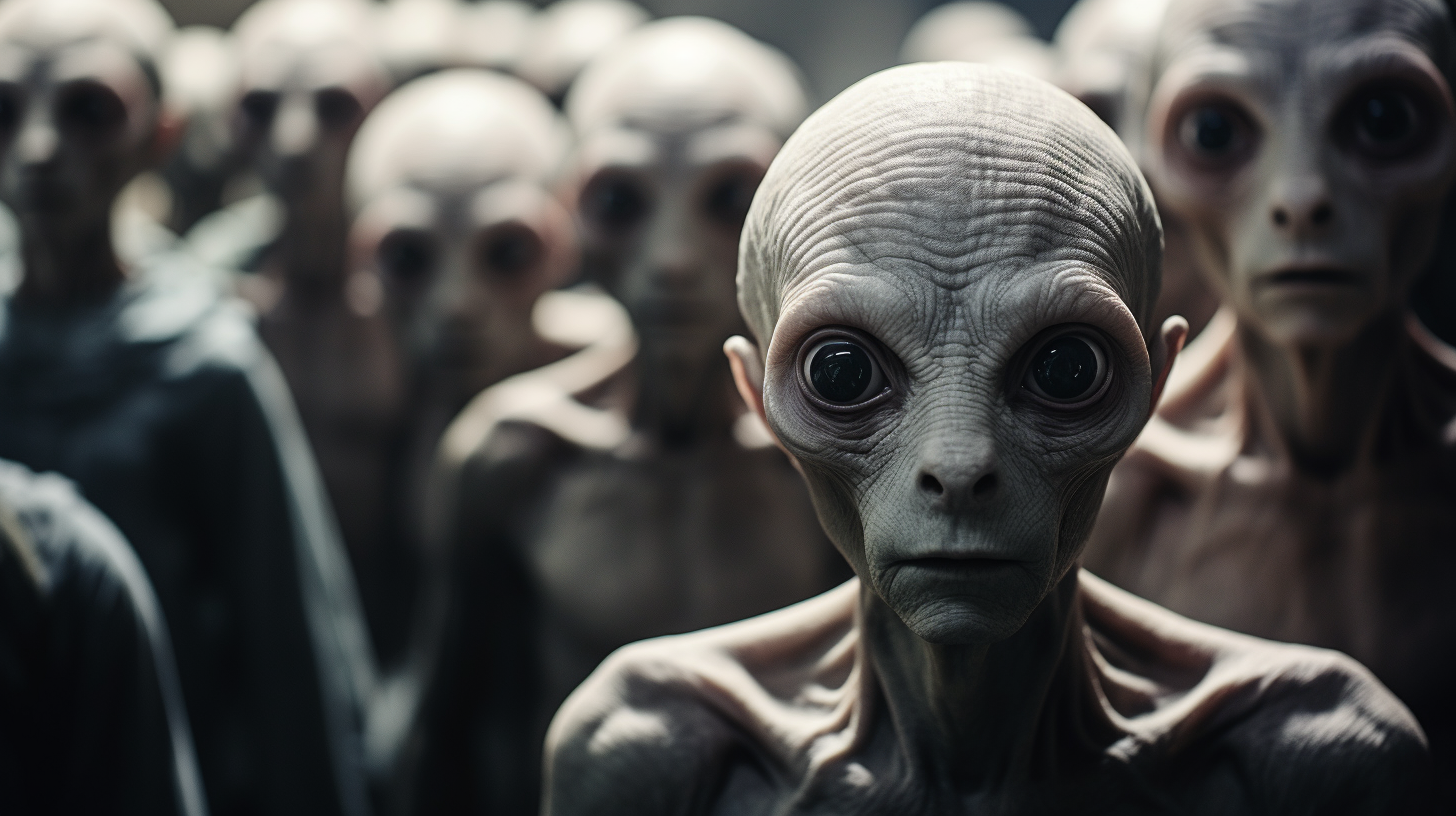Introduction:
In the heart of Spain, in 2011, archaeologists made a remarkable discovery that challenged our understanding of Neanderthals. An ancient grave was unearthed, revealing three individuals laid to rest side by side, their arms carefully folded in a ritualistic manner. Initially assumed to be human, the remains turned out to be those of our evolutionary cousins, the Neanderthals. This surprising find opened up a new chapter in the story of Neanderthals, shedding light on their potential capacity for symbolic reasoning, culture, and spirituality.
A Surprising Level of Civilization:
The manner in which the Neanderthals were prepared for the afterlife was a glimpse into their complex beliefs. This suggests that they possessed a level of civilization or, at the very least, a proto-culture, previously underestimated by early discoveries portraying them as brutish cavemen. Despite their shorter, stockier frames, Neanderthals had remarkably large brains and exhibited signs of intelligence, including the use of clothing and care for their sick and elderly.

A Mysterious Extinction:
In 2014, scientists undertook a comprehensive analysis of materials from 40 different archaeological sites, aiming to pinpoint the extinction date of Neanderthals. The result was surprising: Neanderthals coexisted with Homo sapiens for at least 1,000 years, with their extinction dated to approximately 40,000 years ago. But the question remained: why did they die off?
The Demise of Neanderthals:
Contrary to earlier notions that attributed their extinction to a lack of intelligence, it appears that Neanderthals were not outsmarted by Homo sapiens. The extinction coincided with the global expansion of anatomically modern humans, but there was more to the story.
Genetic Crossroads:
In 2013, evolutionary geneticists made a fascinating discovery. Modern human populations, particularly in Europe and parts of the Middle East, carry genetic markers from both Neanderthals and Denisovans, another ancient hominid species. This suggests interbreeding between these different hominid strains at some point in history.
Ancient Astronaut Theories:
Some ancient astronaut theorists propose a novel explanation for the demise of Neanderthals. They suggest that these distinct hominid species were meant to remain geologically separated from each other across vast expanses of land. Interbreeding may have been discouraged or even forbidden, and when it did occur, it was viewed as a threat to the “experiment” involving early humans.
Extraterrestrial Intervention?
Drawing parallels with ancient religious texts, theorists speculate that extraterrestrial entities might have intervened to “purify” the human species. This intervention might have entailed wiping out significant portions of early humans and starting anew, an attempt to create a “pure” human race.
Video:
Conclusion:
The story of Neanderthals is a tale of mystery, complexity, and the potential influence of interbreeding between ancient hominid species. While their extinction remains enigmatic, the discovery of genetic markers in modern humans hints at a complex web of relationships and interactions that shaped our early history. The story of the Neanderthals challenges our assumptions about our ancient relatives and invites us to explore the depths of our shared evolutionary journey.

26 thoughts on “The Enigmatic Fate of Neanderthals: Insights from Ancient Genetic Crossroads”
Comments are closed.